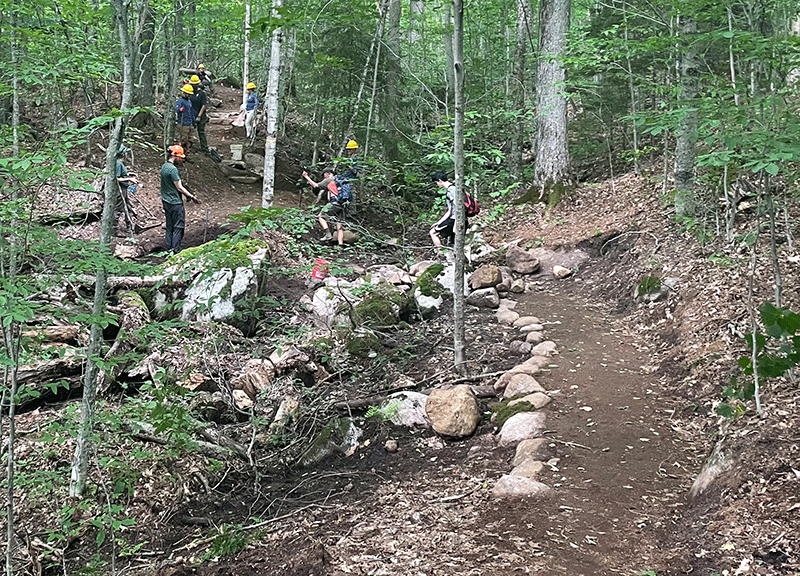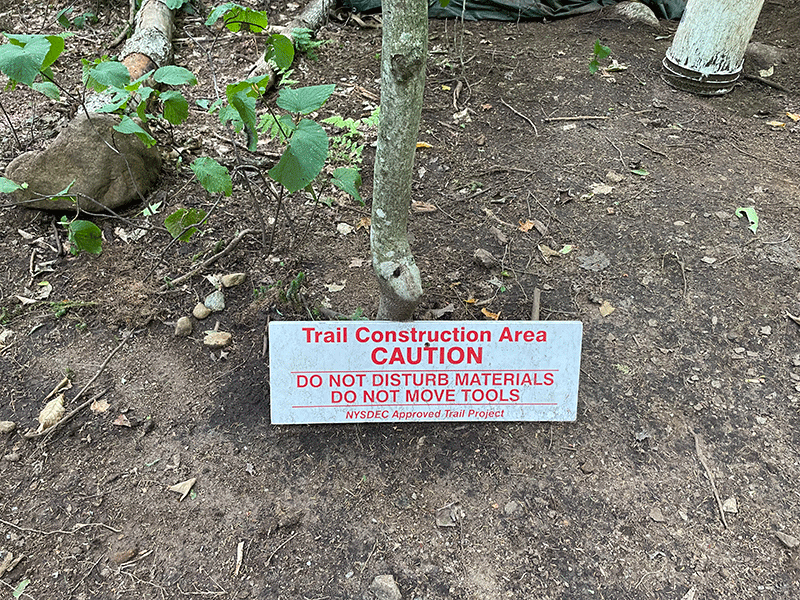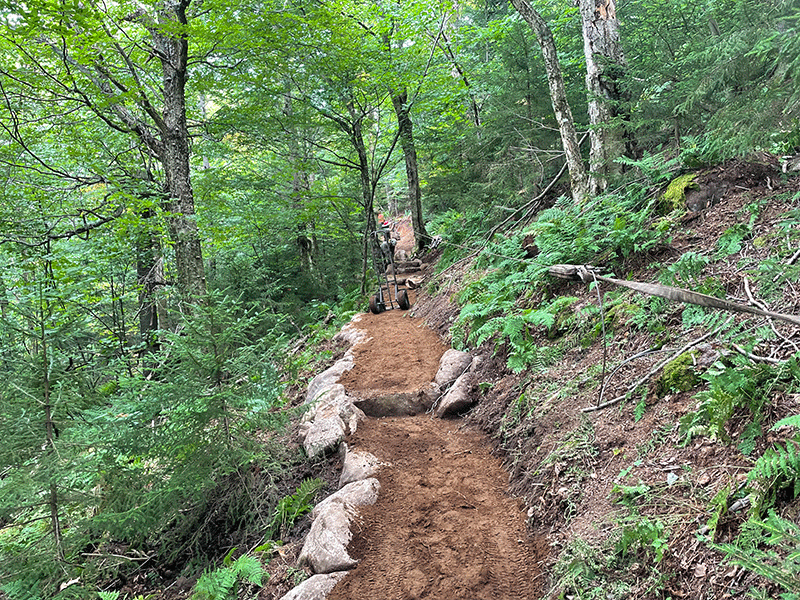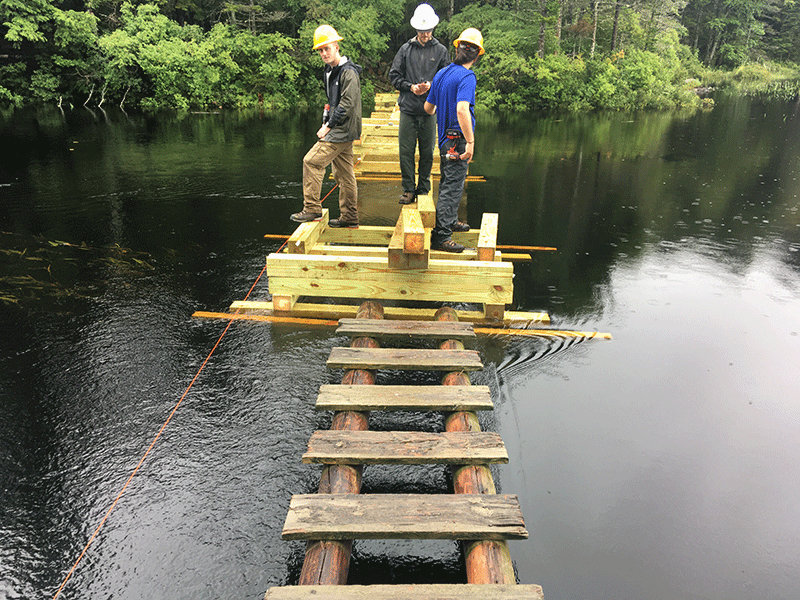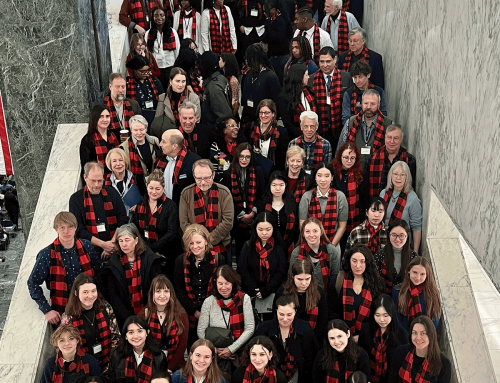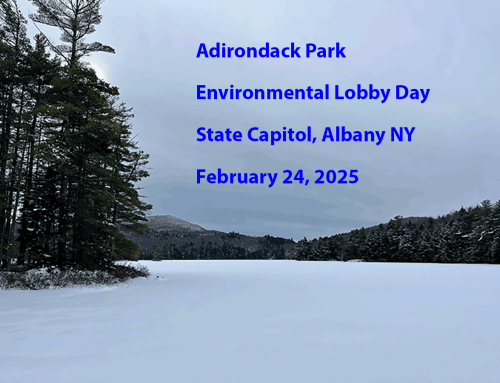Forest Preserve Work Plans Policy sets out major reforms in Forest Preserve management by the Department of Environmental Conservation and Adirondack Park Agency
New policy brings greater openness and transparency to Forest Preserve management
New policy should focus Forest Preserve management on compliance with Article 14, Section 1 of the NYS Constitution, the forever wild clause, but this part of the new policy remains weak
Just after Labor Day, the Department of Environmental Conservation (DEC) finalized and released a new Forest Preserve Work Plan policy and template. This new policy, Commissioner’s Policy 78, or “CP-78,” is the first significant change in Forest Preserve management resulting from Protect the Adirondacks’ legal victory in 2021. This lawsuit upheld and defended Article 14, Section 1, in the State constitution, the Forever Wild clause, which governs management of the Forest Preserve.
The Forest Preserve Work Plan policy establishes important management reforms for state agencies for when they plan and undertake projects on the Forest Preserve, from new trail construction to a bridge replacement, among many other activities. Before CP-78, State Land Work Plans at the DEC were generic and vague and shrouded from public review. Now they include specific instructions, a standardized format, and opportunity for ample public review. Protect the Adirondacks had urged changes to the Work Plans program to include improved processes and more detailed information, as well as for placing the state’s management focus squarely on the Forest Preserve and its unique constitutional protections.
CP-78 ensures that “Forest Preserve Work Plans” will be consistent between DEC regions (3 and 4 in the Catskills, 5 and 6 in the Adirondacks), in contrast to past practice where there was a great deal of variation between DEC regions. In addition, the Olympic Regional Development Authority (ORDA) is now also subject to CP-78, where in the past they used their own form of Work Plan. In addition, work done by volunteers and others pursuant to stewardship agreements are also subject to CP-78. Click here to see the new Forest Preserve Work Plan template.
CP-78 should be a cornerstone reform for Forest Preserve management for years to come at the DEC and the Adirondack Park Agency (APA). The new policy establishes criteria for evaluating the efficacy and impact of a project and is intended to ensure that all projects comply with the Forever Wild Clause. It also requires publication of these plans, detailing the purpose and design of a project on the Forest Preserve, so that the DEC and APA can be held accountable.
One important reform provided by CP-78 is improved transparency and public input. Under the new policy, all draft Work Plans must be posted on the DEC website and noticed in the Environmental Notice Bulletin (ENB) for a comment period of not less than 14 calendar days. All final plans must be posted on the DEC website on a Forest Preserve Work Planspage where they will be listed by year and archived. In the past, Work Plans had to be obtained through a Freedom of Information Law request and opportunity for public input was not always provided.
One of the biggest reforms is CP-78’s focus on Article 14, the Forever Wild clause in the State constitution. The new policy places Article 14 compliance at the center of Work Plan development and review. The new policy states:
The provisions of Article XIV §1 are paramount to DEC’s obligation to provide for the “care, custody, and control” of the Forest Preserve. In 2021 the Court of Appeals held that “erection and maintenance of proper facilities for the use by the public which did not call for the removal of the timber to any material degree,” is constitutionally permissible. The Court further clarified that the Forever Wild Clause shall be viewed as a singular clause and requires a broad analysis that includes tree cutting to determine if a particular project would alter the wild forest character of the Forest Preserve such that it would violate the Forever Wild Clause. See Protect the Adirondacks!, Inc. v. NYSDEC and APA, 37 N.Y.3d 73 (2021); see also The Association for the Protection of the Adirondacks v. MacDonald, 253 N.Y. 234 (1930); Balsam Lake Anglers Club v. Department of Environmental Conservation, 199 A.D. 2d 852, 605 N.Y.S. 2d 795 (App. Div., Third Department, 1993).
Protect the Adirondacks had urged the DEC to fully incorporate the court decisions interpreting Article 14 in its Forest Preserve management planning. We reasoned that the criteria that Forest Preserve managers should use to assess Article 14 compliance are found in four Article 14 decisions: the 2021 “Protect Court of Appeals” decision; the 1930 “MacDonald” decision; the 1993 “Balsam Lake” decision; and the 2019 “Protect Appellate Division” decision. These cases laid out six legal criteria for assessing Article 14 compliance.
Unfortunately, CP-78 incorporates only three of the six Article 14 criteria set forth in the case law, which could lead to problems down the road. Omitted issues include prohibitions on overly wide trails, a directive to limit impacts of a project on the Forest Preserve to the lightest possible, as seen with hiking and camping, and the directive that the principal purpose of the Forest Preserve is the preservation of Wilderness.
Despite any public accounting about Forever Wild compliance, CP-78 requires that Forest Preserve Work Plans answer three critical constitutional questions about Forever Wild, though without and formal written statement:
1. Is the proposed cutting, removal, or destruction of timber “material or substantial”?
2. Is the degree of alteration of the existing Forest Preserve terrain permissible?
3. Are the impacts of the proposed project on the existing wild state of the Forest Preserve permissible?
This seems like the DEC is saying it has a process to ensure Constitutional compliance without any accountability to the public that it has actually done the work.
Another important aspect of CP-78 requires that tree cutting be measured by counting all trees from 1” DBH (diameter at breast height) and greater. For some reason the DEC is separating these counts by trees that are 1-3” DBH and trees 3” DBH and greater. Counting all trees 1” DBH and greater complies with the law.
A key failure of the new Work Plan template and process is that DEC will conduct. its Forest Preserve constitutional compliance assessment behind closed doors, out of sight, shrouded in secrecy. DEC refuses to provide any discussion or summary of how and why a given project complies with the Forever Wild clause. One would think that an agency that had just been found by the state’s highest court to have violated the State Constitution would do everything possible to show the world that it is in full compliance with the Forever Wild clause. Unfortunately, it appears that the DEC is doing to opposite, choosing to embrace secrecy and opacity. This seems like the DEC is saying it has a process to ensure Constitutional compliance without any accountability to the public that it has actually done the work.
CP-78 also includes other important reforms for Forest Preserve planning and management. These include a new delineation of responsibility among DEC staff and signoffs between the regions and Albany. Previous iterations of Work Plans were handled in the regions. Additionally, new sections for planners include not only a “Description of Project” but also a “Description of the Desired Conditions”, which is an aspirational statement about how the project should turn out once it is completed. A “Project Specifications” section includes specific items for project planning and evaluation, including “specifications, drawings, maps, dimensions of the final structure or improvement, and the materials to be used. Work plans should also describe the construction techniques and anticipated area of disturbance outside the final footprint of the structure or improvement.”
Another section looks at measures to “avoid, minimize, or mitigate impacts to natural resources.” Specific issues to address include the level of tree cutting, terrain alterations, stream and wetland impacts, and planning for any rare, threatened, or endangered species. The new template also includes an assessment of alternatives and use of motor vehicles or equipment during the construction of the project. The Work Plan must evaluate compliance with the Americans with Disability Act (ADA).
A lengthy section is included that enumerates the internal review steps at the DEC and the APA during the development of a Work Plan. CP-78 also lays out a slightly different process between ordinary maintenance projects and those for new facilities.
APA involvement in the Work Plan process, especially in areas of the Forest Preserve with no Unit Management Plans (UMPs), remains opaque under CP-78. While APA has a limited role in developing and reviewing Work Plans in areas with approved UMPs, unless specified in the UMP, it has a bigger role in areas with no UMP. Given that there are hundreds of thousands of acres of Forest Preserve with no UMP, APA’s comments on draft Work Plans should be part of the public record. This would be fitting for an agency that professes that it wants to be more open and transparent.
CP-78 was initially reviewed and critiqued by the Forest Preserve Trails Stewardship Working Group, organized at the end of 2021 in the wake of the DEC’s violation of the Forever Wild clause. The purpose of the Working Group was to help the DEC to revise Forest Preserve trail standards in light of the Protect decision, which required the DEC and APA to update and revise their trail building and maintenance standards for factors like tree cutting, trail widths, trail corridor disturbance, and changes to the wild state or wild character of the Forest Preserve, among other things. The Working Group acts as a sounding board to critique draft proposals generated by DEC-APA staff and offer ways to improve them. To its credit, the DEC set out to undertake its Work Plan policy revision with input from a cross-section of the Forest Preserve stakeholder community in the Adirondacks and Catskills, including local government officials, trail building groups, and environmental groups. In the end, the new policy reflects important input from the stakeholder community and the public.
Time will tell how well CP-78 endures, how the DEC utilizes it, and how vigorously Forest Preserve managers and leaders in Albany comply with all provisions. Time will also reveal where there are loopholes that need to be closed. The Forest Preserve is the People’s Land. Management of the People’s Land should be an open and transparent process because we are dealing with state agency staff who are paid with public money to manage public use and environmental protection on public lands. Everything about the People’s Land should be public.

